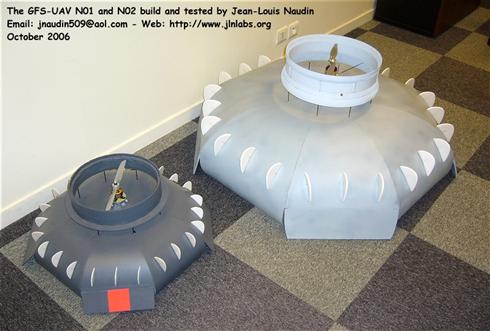Magnet wave.
JLN tests an output coil on a ferrite core, and calibrates the distance in centimeters from the magnet rotor for peak efficiency: Here's a video of his test:
https://www.youtube.com/watch?v=YUoyuiQTrRA
"Normal Lenz effect can be reversed"
At 30 centimeters distance along the ferrite core from the rotor, the output coil seats over the peak of the "Magnet Wave".
This distance in very small increments of centimeters, makes all the difference in the output! Same goes for "Gadgetmalls "Piggyback" output coil.
The GIF on the right shows the flux traveling through the core: At the sweet spot "Lenz drag" turns into "Lenz propulsion"'
JLN tests an output coil on a ferrite core, and calibrates the distance in centimeters from the magnet rotor for peak efficiency: Here's a video of his test:
https://www.youtube.com/watch?v=YUoyuiQTrRA
"Normal Lenz effect can be reversed"
At 30 centimeters distance along the ferrite core from the rotor, the output coil seats over the peak of the "Magnet Wave".
This distance in very small increments of centimeters, makes all the difference in the output! Same goes for "Gadgetmalls "Piggyback" output coil.
The GIF on the right shows the flux traveling through the core: At the sweet spot "Lenz drag" turns into "Lenz propulsion"'

Comment